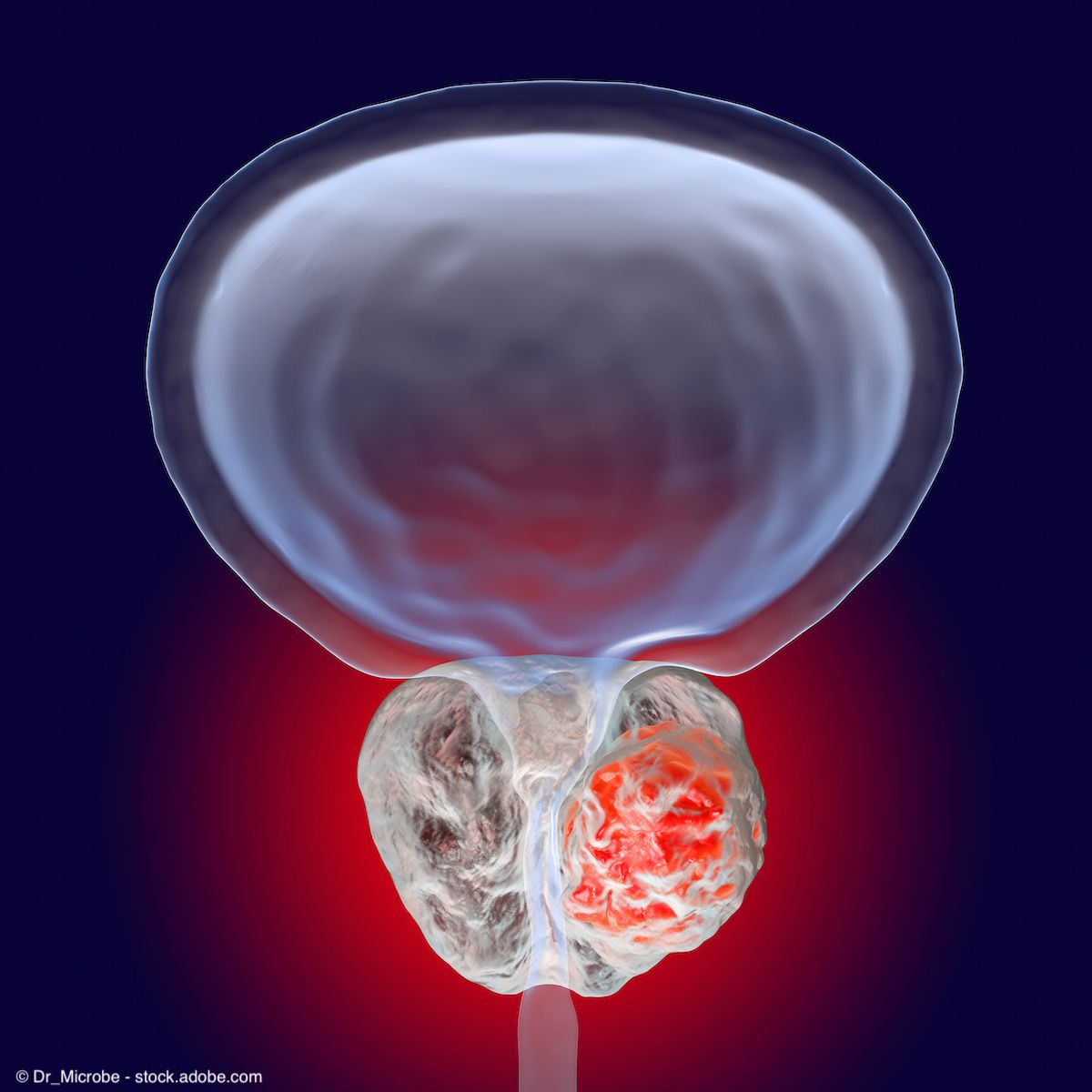News
Article
Efficacy of radiotherapy in prostate cancer maintained with shorter dosing regimen
Author(s):
Patients who underwent treatment with SBRT demonstrated a 5-year disease control rate of 96%, compared with 95% among patients who underwent conventionally fractionated radiation therapy.
Stereotactic body radiation therapy (SBRT) delivered in fewer and higher doses over 5 sessions led to similar safety and efficacy outcomes in patients with intermediate-risk prostate cancer compared with conventionally fractionated external beam radiation therapy (EBRT) delivered in lower doses over several weeks, according to new data from the phase 3 PACE B trial set to be presented at the American Society for Radiation Oncology (ASTRO) Annual Meeting in San Diego, California.1,2
The phase 3 PACE B study is a part of the larger series of PACE studies exploring the benefits of SBRT for patients with prostate cancer.

Data from the study showed that patients who underwent treatment with SBRT demonstrated a 5-year disease control rate of 96%, compared with 95% among patients who underwent conventionally fractionated radiation therapy.
“Standard radiation treatment is already highly effective and is very well tolerated in people with localized prostate cancer. But for a health care system and for patients, to have this treatment delivered just as effectively in 5 days as opposed to 4 weeks has huge implications,” said principal investigator Nicholas van As, MD, in a news release on the findings.2 van As is a consultant clinical oncologist and medical director of The Royal Marsden NHS Foundation Trust and a professor at the Institute of Cancer Research in London, the United Kingdom.
In total, the PACE B study enrolled 874 patients with intermediate-risk, localized prostate cancer who underwent radiotherapy due to preference or being unsuitable for surgery. Patients were enrolled across 38 centers in the UK and Canada. The median patient age was 69.8 years.
Participants were randomly assigned to undergo SBRT (36.25 Gy total dose) in 5 fractions over the span of 1 to 2 weeks (n = 443) or standard treatment with conventionally fractionated or moderately hypofractionated EBRT in 39 fractions (78 Gy) over 7.5 weeks or 20 fractions (62 Gy) over 4 weeks (n = 441).
At 5-year follow-up, the investigators assessed the rate of patients who remained free of biochemical clinical failure (BCF), defined as an increase in prostate-specific antigen levels, distant metastases, or other evidence of recurrence, or prostate cancer-specific mortality. Patients who underwent SBRT demonstrated a BCF event-free rate of 95.7% (93.2%-97.3%), compared with 94.6% (91.9%-96.4%) among patients who underwent standard radiation (90% CI, p-value for non-inferiority = .007).
Patients among both treatment groups also experienced similarly low adverse events, with 5.5% of patients in the SBRT cohort experiencing a grade 2 or higher adverse event affecting the genital or urinary organs, compared with 3.2% among patients in the standard radiation group (P = .14). Only 1 patient from each cohort of the study experienced a grade 2 or higher adverse event affecting the gastrointestinal system (P = .99).
van As added in the news release,2 “The outcomes for patients in both study arms were better than we expected. To be able to sit with a patient and say, ‘We can treat you with a low toxicity treatment in 5 days, and your chance of keeping the cancer at bay for 5 years is 96%,’ it’s a positive conversation to have.”
The phase 3 PACE B study is a part of the larger series of PACE studies3 (NCT01584258) exploring the benefits of SBRT for patients with prostate cancer. The PACE A study examined patients’ quality of life following SBRT compared with prostatectomy, finding that SBRT led to fewer urinary and sexual adverse events but a higher risk of minor bowel problems. The PACE C study is set to explore the efficacy of SBRT in combination with hormonal therapy for patients with intermediate- to high-risk prostate cancer.
References
1. 5-year outcomes from PACE B: an international phase III randomized controlled trial comparing stereotactic body radiotherapy (SBRT) vs. conventionally fractionated or moderately hypofractionated external beam radiotherapy for localized prostate cancer. Presented at the American Society for Radiation Oncology (ASTRO) Annual Meeting. October 2, 2023. San Diego, California. LBA 03
2. High cure rate, low toxicity maintained with shortened radiation treatment for intermediate risk prostate cancer, study finds. News release. American Society for Radiation Oncology (ASTRO). Published online September 26, 2023. Accessed October 2, 2023. https://www.newswise.com/articles/high-cure-rate-low-toxicity-maintained-with-shortened-radiation-treatment-for-intermediate-risk-prostate-cancer-study-finds
3. National Institutes of Health US National Library of Medicine ClinicalTrials.gov. Prostate advances in comparative evidence (PACE). Last updated April 27, 2015. Accessed October 2, 2023. https://clinicaltrials.gov/ct2/show/NCT01584258














